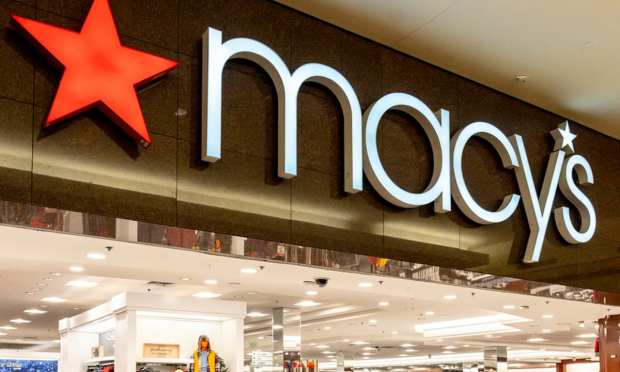US Consumers Boost Buys of Work Clothes, Staples

Spending at department stores and discount chains has seen an upward trend from American shoppers, in spite of economic conditions, The Wall Street Journal wrote Thursday (May 26).
This could indicate a kind of resilience even through the inflationary pressures which have been impressed upon consumers, and which have hurt retail chains in recent months.
Among those seeing the strong sales were Macy’s and Dollar Tree, which came as shoppers had been buying more clothes in anticipation of going back out into public life.
Shoppers have turned to discount chains to buy necessities, which came as costs rose due to various economic pressure.
This affected Dollar General, which saw flat sales now but has raised its outlook for the full year, with the observation that cash-strapped customers have been gravitating more to its stores.
This comes as other retail giants like Walmart and Target have not been faring as well, both reporting large profit declines. The reasons were things like supply chain hang-ups, and wage and inflation costs, WSJ wrote.
Gap joined that chorus, too, saying the results came from several “macroeconomic conditions” and size and assortment imbalances had affected the company’s Old Navy chain.
Macy’s said it was seeing those kinds of pressures, too — and in some cases, said the forces were likely to show up in their results.
See also: Macy’s Embraces Customers’ Return to Brick-and-Mortar Stores
Macy’s reportedly said it was happy to see customers coming back to brick-and-mortar locations, PYMNTS wrote, particularly in the U.S and non-Asian countries.
The company had lower than expected digital sales in Q1 this year, and executives were happy to see the highest level of active customers in years, with 44.4 million people.
Chairman and CEO Jeff Gennette said that the quarter “presented a unique combination of challenges along with a highly dynamic environment,” on the quarterly call Thursday (May 26). “We stayed focused on the customer — what and where they wanted to shop.”
